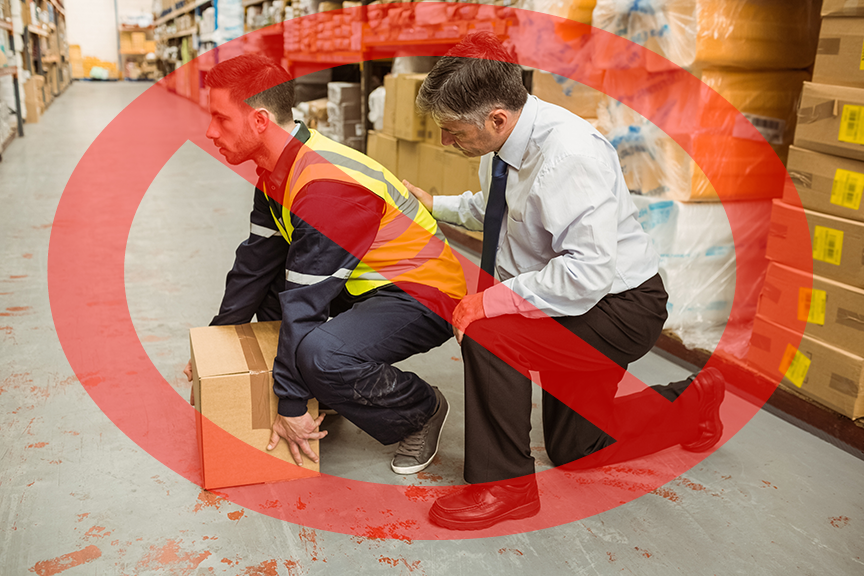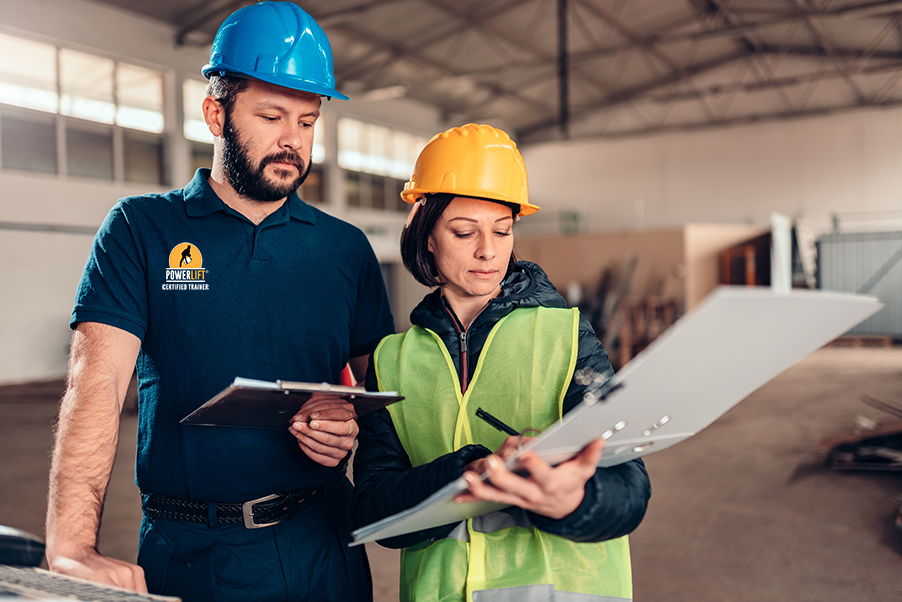When uniqueness presents a challenge.
Each one of us is shaped differently: different heights, widths, girths, etc.; with variations around every single dimension, angle, bump and section. Which is why customization is such a challenge – especially in this day and age, where individuality is honored and prized.
Unfortunately, that same challenge applies to the physical lifting and moving of loads.
It has become a sort of holy grail for material handling: to find a system that works for almost every body type. Because when it comes to the mechanics of the human body, any method that is used to lift, reach, bend, stretch, pull or push an object must be adapted to the individual’s dimensions, ability and requirements. And not the other way around; while we human beings are, in fact, adaptable, we’re not that adaptable.
The quest for this holy grail of lifting practices has been elusive, but it doesn’t have to be. And to obtain it, we need to look at some truths about how we’ve been training our workers to lift.
A look back at how we’ve been doing it.
The squat lift: It’s familiar. It’s a well-known, widely-used, pretty much ubiquitous method for moving stuff from Point A to Point B. We’ve all learned it, and we’ve all taught it to others. The principles are simple in theory:
- Stand with your feet approximately shoulder width apart.
- Flex your knees, keeping the back straight.
- Lift with your legs, not with your back.
- Keep the weight close to your torso.
Seems easy enough. Until you take into account that when you’re squatting, you tend to come up on the balls of your feet, robbing you of stability and balance. Strength and power that would otherwise be used to perform the lift is now diverted to keeping you from toppling over. This is compounded by the fact that your knees get in the way of the thing you’re trying to lift. And, if you’re overweight, like nearly 45% of adults in the US, you’re lifting not only the load in front of you, but the additional weight of your body as well. Also, the object that you’re trying to lift won’t start close to your torso’s center of gravity: the girth of an overweight or obese person means the load is farther away. This causes a greater amount of torque on the spine and its accompanying muscles.
So the squat-lift works, theoretically. But it’s not a natural, intuitive method. So people don’t use it. All this adds up to a potentially injurious back-lift, which is precisely what the squat-lift is supposed to be trying to prevent.

If not the squat-lift, then what?
PowerLift®. Pure and simple. It’s a ‘new-old’ way of lifting and carrying a load. ‘New,’ in that people are being introduced to a lifting method that is different from what they’ve been taught. And ‘old,’ because the PowerLift® technique is actually natural.
Because the PowerLift® method is native to the mechanics of the human body, it just works. And it works with almost any human body-type, regardless of height, width, girth, length, and any other variation in dimensions and abilities. Of course, the guidance here is to lift within your physical ability. PowerLift® may be highly effective, but it doesn’t mean that you’ll suddenly be stronger than a locomotive, or able to leap tall buildings in a single bound.
A lifting method that builds a team?
Yes. Workplace safety is, always has been, and always will be, a team game. As social creatures, human beings respond to other human beings. Even if the culture of a company lacks safety awareness and focus, it’s been shown that a workplace injury negatively impacts the morale of other employees.
PowerLift® builds awareness of one’s co-workers. A key component of PowerLift® Training is Train-the-Trainer, in which individuals are trained and certified as peer-coaches and peer-trainers. This ‘vanguard’ of safety trainers then trains and coaches other employees across the organization, reducing the incidents of workplace injury dramatically over a relatively short length of time.
It’s not about ‘one-size-fits-all’. It’s about practical application.
And we’re here to help. Like you, we’re committed to the safety and well being of the workplace across the US and around the world. Please let us know how we may support you as you defend the safety and health of your employees.


Recent Comments